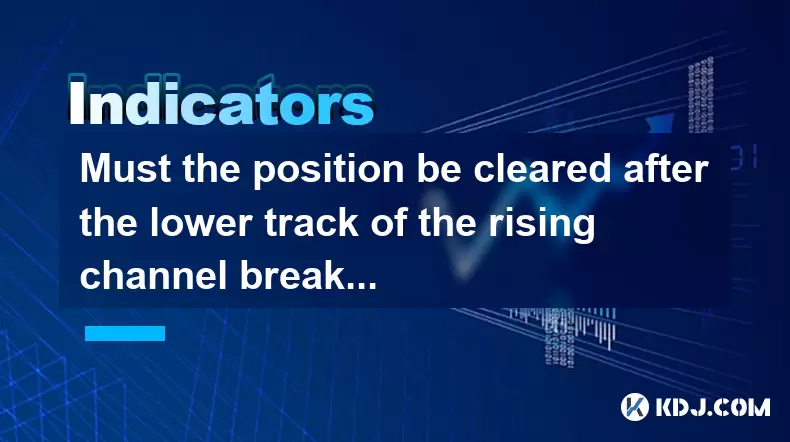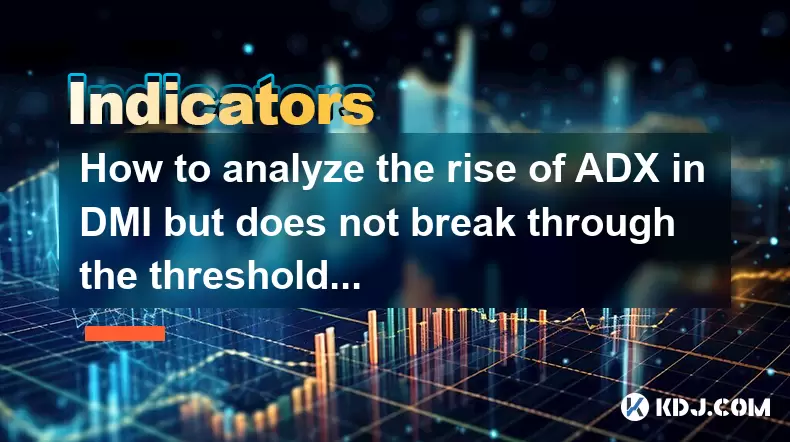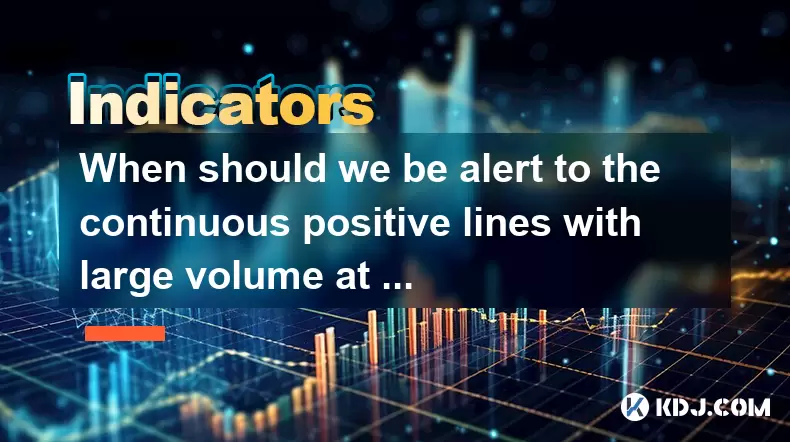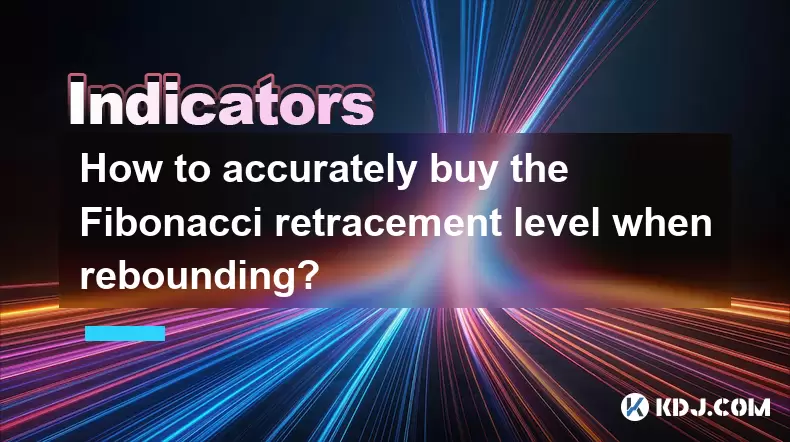-
 Bitcoin
Bitcoin $106,754.6083
1.33% -
 Ethereum
Ethereum $2,625.8249
3.80% -
 Tether USDt
Tether USDt $1.0001
-0.03% -
 XRP
XRP $2.1891
1.67% -
 BNB
BNB $654.5220
0.66% -
 Solana
Solana $156.9428
7.28% -
 USDC
USDC $0.9998
0.00% -
 Dogecoin
Dogecoin $0.1780
1.14% -
 TRON
TRON $0.2706
-0.16% -
 Cardano
Cardano $0.6470
2.77% -
 Hyperliquid
Hyperliquid $44.6467
10.24% -
 Sui
Sui $3.1128
3.86% -
 Bitcoin Cash
Bitcoin Cash $455.7646
3.00% -
 Chainlink
Chainlink $13.6858
4.08% -
 UNUS SED LEO
UNUS SED LEO $9.2682
0.21% -
 Avalanche
Avalanche $19.7433
3.79% -
 Stellar
Stellar $0.2616
1.64% -
 Toncoin
Toncoin $3.0222
2.19% -
 Shiba Inu
Shiba Inu $0.0...01220
1.49% -
 Hedera
Hedera $0.1580
2.75% -
 Litecoin
Litecoin $87.4964
2.29% -
 Polkadot
Polkadot $3.8958
3.05% -
 Ethena USDe
Ethena USDe $1.0000
-0.04% -
 Monero
Monero $317.2263
0.26% -
 Bitget Token
Bitget Token $4.5985
1.68% -
 Dai
Dai $0.9999
0.00% -
 Pepe
Pepe $0.0...01140
2.44% -
 Uniswap
Uniswap $7.6065
5.29% -
 Pi
Pi $0.6042
-2.00% -
 Aave
Aave $289.6343
6.02%
Must the position be cleared after the lower track of the rising channel breaks?
A rising channel breakdown occurs when price breaks below the lower trendline, signaling weakening momentum and prompting traders to reassess long positions.
Jun 16, 2025 at 04:43 pm

Understanding the Rising Channel Breakdown
In technical analysis, a rising channel is formed by drawing two parallel trendlines: one connecting higher lows and another connecting higher highs. When the price breaks below the lower trendline of this channel, it signals a potential reversal or at least a pause in the uptrend. This event often triggers traders to reassess their positions.
A break of the lower track doesn't necessarily mean that the uptrend is completely invalidated, but it does indicate weakening momentum. At this point, traders must evaluate whether the breakout is genuine or a false signal. Volume during the break plays a crucial role — a strong bearish candlestick with high volume increases the likelihood that the breakdown is valid.
Why Traders Consider Closing Positions After a Break
Many traders adhere to strict risk management rules when trading channels. If the lower boundary of a rising channel is broken, especially with a significant close below it, they interpret this as a warning sign. Some traders may close long positions immediately to avoid further losses, while others wait for confirmation before taking action.
- Immediate exit strategy: Traders using aggressive strategies might close their entire position once the lower track is breached.
- Partial profit-taking: Others may take partial profits and let the remaining portion ride based on trailing stops.
- Confirmation-based approach: Waiting for a retest of the broken support level or additional indicators like RSI or MACD can help confirm the validity of the breakdown.
The key idea is that a broken rising channel lowers the probability of continued upward movement, making it a logical point to reassess exposure.
How to Confirm a Valid Break Below the Lower Track
Before deciding to clear your position, it's essential to verify whether the break is legitimate. Here are steps you can follow:
- Check candlestick structure: A strong bearish candle closing well below the lower trendline is more convincing than a small wick touching the line.
- Analyze volume levels: A spike in volume during the break suggests institutional selling pressure.
- Look for retests: If the broken trendline now acts as resistance and the price fails to reclaim it, the breakdown becomes more credible.
- Use additional indicators: Tools like moving averages or oscillators (e.g., RSI dipping below 50) can provide confluence for the breakdown signal.
These methods help filter out false breakouts and prevent premature exits from potentially profitable trades.
Managing Risk During a Channel Breakdown
Even if you decide not to fully close your position after a lower channel break, adjusting your stop-loss becomes critical. One effective method involves:
- Moving the stop-loss just below the recent swing low to protect capital.
- Using a trailing stop that follows the price down if the trade still has some upside potential.
- Reducing position size instead of exiting entirely, which allows participation if the price rebounds.
By adapting your risk management strategy, you can stay in the game without exposing yourself to large drawdowns. The goal is to preserve capital while allowing flexibility for market noise.
Alternative Scenarios After a Break
Not all breaks result in full reversals. Sometimes, the price finds support near the broken trendline or consolidates before resuming the original trend. In such cases:
- Sideways consolidation after the break could be an accumulation phase.
- Strong rejection candles near the broken trendline may suggest buyers are stepping in.
- Breakout continuation patterns can form where the price moves sideways before breaking higher again.
These scenarios illustrate why blindly closing positions isn't always necessary. Instead, observing how the market reacts after the break provides clearer guidance on next steps.
FAQ Section
Q1: Can I re-enter a long position after the lower track of a rising channel breaks?
Yes, but only if there’s a clear sign of bullish reversal such as a strong engulfing candle, rejection at a key support level, or positive divergence on the RSI.
Q2: Is it possible for a rising channel to remain intact even after a minor break below the lower trendline?
Yes, especially if the break lacks volume and is quickly followed by a strong bounce back into the channel. Such breaks are often considered false signals.
Q3: Should I adjust my target price after the lower track breaks?
If you choose to hold rather than exit, adjusting your profit target to a closer support level or using a trailing stop makes sense to manage expectations.
Q4: What timeframes are most reliable for confirming a rising channel breakdown?
Higher timeframes like the 4-hour or daily chart tend to offer more reliable signals compared to lower ones like 15-minute or 1-hour charts due to reduced noise and increased institutional participation.
Disclaimer:info@kdj.com
The information provided is not trading advice. kdj.com does not assume any responsibility for any investments made based on the information provided in this article. Cryptocurrencies are highly volatile and it is highly recommended that you invest with caution after thorough research!
If you believe that the content used on this website infringes your copyright, please contact us immediately (info@kdj.com) and we will delete it promptly.
- 2025-W Uncirculated American Gold Eagle and Dr. Vera Rubin Quarter Mark New Products
- 2025-06-13 06:25:13
- Ruvi AI (RVU) Leverages Blockchain and Artificial Intelligence to Disrupt Marketing, Entertainment, and Finance
- 2025-06-13 07:05:12
- H100 Group AB Raises 101 Million SEK (Approximately $10.6 Million) to Bolster Bitcoin Reserves
- 2025-06-13 06:25:13
- Galaxy Digital CEO Mike Novogratz Says Bitcoin Will Replace Gold and Go to $1,000,000
- 2025-06-13 06:45:13
- Trust Wallet Token (TWT) Price Drops 5.7% as RWA Integration Plans Ignite Excitement
- 2025-06-13 06:45:13
- Ethereum (ETH) Is in the Second Phase of a Three-Stage Market Cycle
- 2025-06-13 07:25:13
Related knowledge

How to analyze the rise of ADX in DMI but does not break through the threshold?
Jun 16,2025 at 11:49pm
Understanding ADX and DMI in Cryptocurrency TradingIn cryptocurrency trading, ADX (Average Directional Index) is a technical indicator used to measure the strength of a trend. It works in conjunction with the DMI (Directional Movement Indicator), which includes two components: +DI (Positive Directional Indicator) and -DI (Negative Directional Indicator)...

How to identify the pressure intensity when the upper shadow line tests the previous high?
Jun 17,2025 at 12:09am
Understanding the Upper Shadow Line in Candlestick ChartsIn cryptocurrency trading, candlestick patterns are essential tools for analyzing market sentiment. One such pattern is the appearance of an upper shadow line, which often appears when a candle closes lower than its highest point during a specific period. This upper wick or shadow indicates that w...

When should we be alert to the continuous positive lines with large volume at low levels?
Jun 16,2025 at 10:56pm
Understanding Continuous Positive Lines in Cryptocurrency ChartsIn the world of cryptocurrency trading, chart patterns are essential tools for predicting price movements. One such pattern that traders often observe is a series of continuous positive lines—also known as bullish candles—appearing at low price levels. These lines, especially when accompani...

How to accurately buy the Fibonacci retracement level when rebounding?
Jun 16,2025 at 09:56pm
Understanding the Fibonacci Retracement ToolThe Fibonacci retracement is a popular technical analysis tool used by traders to identify potential support and resistance levels. It is based on the idea that markets will retrace a predictable portion of a move before continuing in the original direction. The key Fibonacci levels are typically 23.6%, 38.2%,...

How to set the stop profit point after the high-level propeller pattern?
Jun 16,2025 at 08:04pm
Understanding the High-Level Propeller PatternThe high-level propeller pattern is a technical analysis formation often observed in cryptocurrency trading charts. It typically appears at significant price peaks and signals potential reversals. The pattern consists of a large candlestick with long upper and lower shadows, resembling a propeller, indicatin...

How to judge the direction by combining volume after the appearance of the cross star?
Jun 17,2025 at 12:21am
Understanding the Cross Star Pattern in Cryptocurrency TradingIn cryptocurrency trading, candlestick patterns play a crucial role in technical analysis. One such pattern is the cross star, which often signals market indecision. The cross star typically appears as a candle with a small body and long upper and lower shadows, indicating that neither buyers...

How to analyze the rise of ADX in DMI but does not break through the threshold?
Jun 16,2025 at 11:49pm
Understanding ADX and DMI in Cryptocurrency TradingIn cryptocurrency trading, ADX (Average Directional Index) is a technical indicator used to measure the strength of a trend. It works in conjunction with the DMI (Directional Movement Indicator), which includes two components: +DI (Positive Directional Indicator) and -DI (Negative Directional Indicator)...

How to identify the pressure intensity when the upper shadow line tests the previous high?
Jun 17,2025 at 12:09am
Understanding the Upper Shadow Line in Candlestick ChartsIn cryptocurrency trading, candlestick patterns are essential tools for analyzing market sentiment. One such pattern is the appearance of an upper shadow line, which often appears when a candle closes lower than its highest point during a specific period. This upper wick or shadow indicates that w...

When should we be alert to the continuous positive lines with large volume at low levels?
Jun 16,2025 at 10:56pm
Understanding Continuous Positive Lines in Cryptocurrency ChartsIn the world of cryptocurrency trading, chart patterns are essential tools for predicting price movements. One such pattern that traders often observe is a series of continuous positive lines—also known as bullish candles—appearing at low price levels. These lines, especially when accompani...

How to accurately buy the Fibonacci retracement level when rebounding?
Jun 16,2025 at 09:56pm
Understanding the Fibonacci Retracement ToolThe Fibonacci retracement is a popular technical analysis tool used by traders to identify potential support and resistance levels. It is based on the idea that markets will retrace a predictable portion of a move before continuing in the original direction. The key Fibonacci levels are typically 23.6%, 38.2%,...

How to set the stop profit point after the high-level propeller pattern?
Jun 16,2025 at 08:04pm
Understanding the High-Level Propeller PatternThe high-level propeller pattern is a technical analysis formation often observed in cryptocurrency trading charts. It typically appears at significant price peaks and signals potential reversals. The pattern consists of a large candlestick with long upper and lower shadows, resembling a propeller, indicatin...

How to judge the direction by combining volume after the appearance of the cross star?
Jun 17,2025 at 12:21am
Understanding the Cross Star Pattern in Cryptocurrency TradingIn cryptocurrency trading, candlestick patterns play a crucial role in technical analysis. One such pattern is the cross star, which often signals market indecision. The cross star typically appears as a candle with a small body and long upper and lower shadows, indicating that neither buyers...
See all articles

























































































